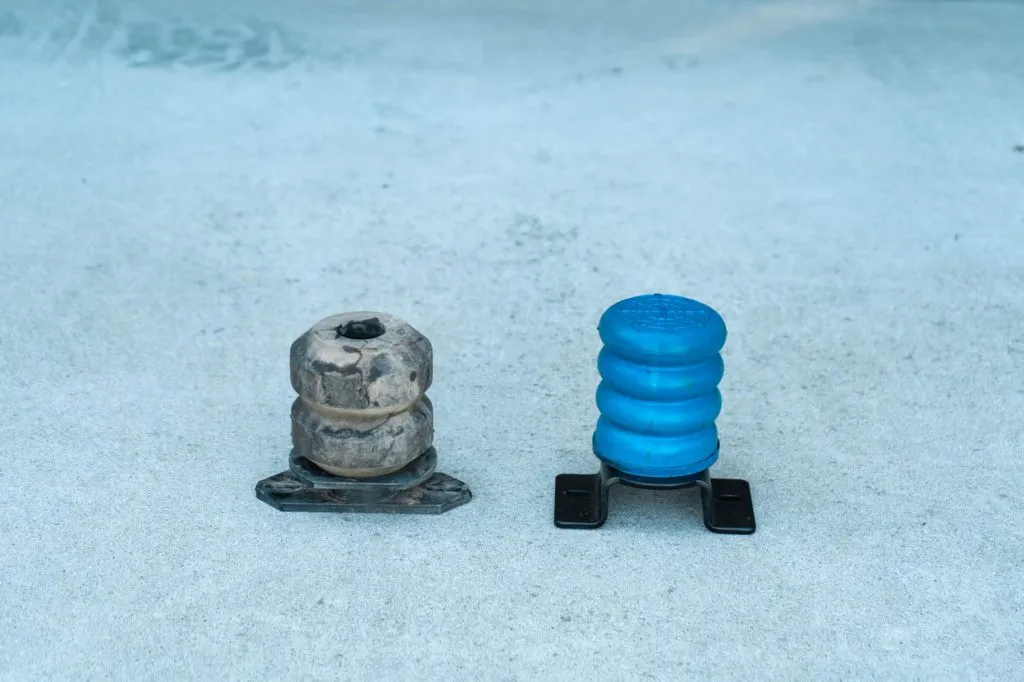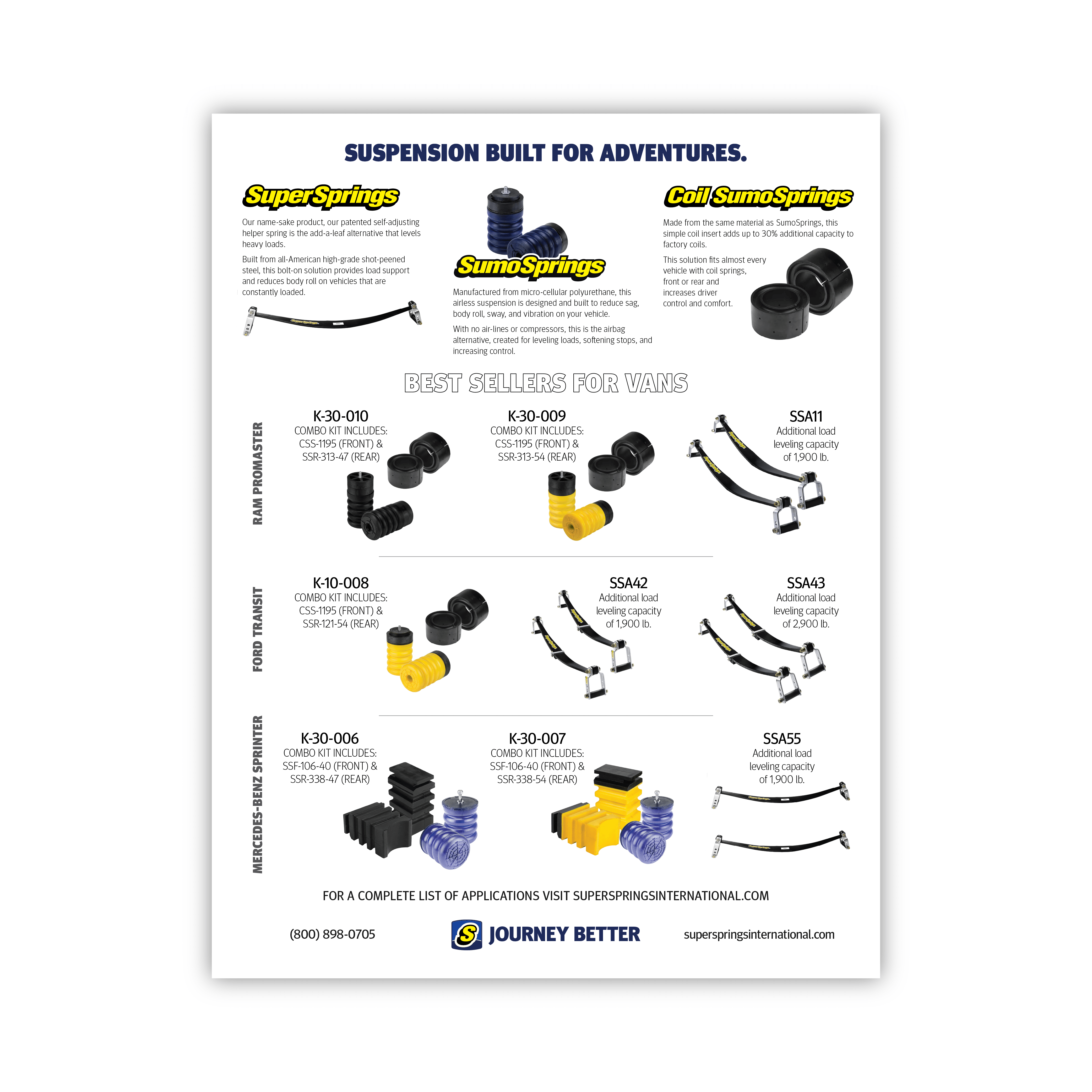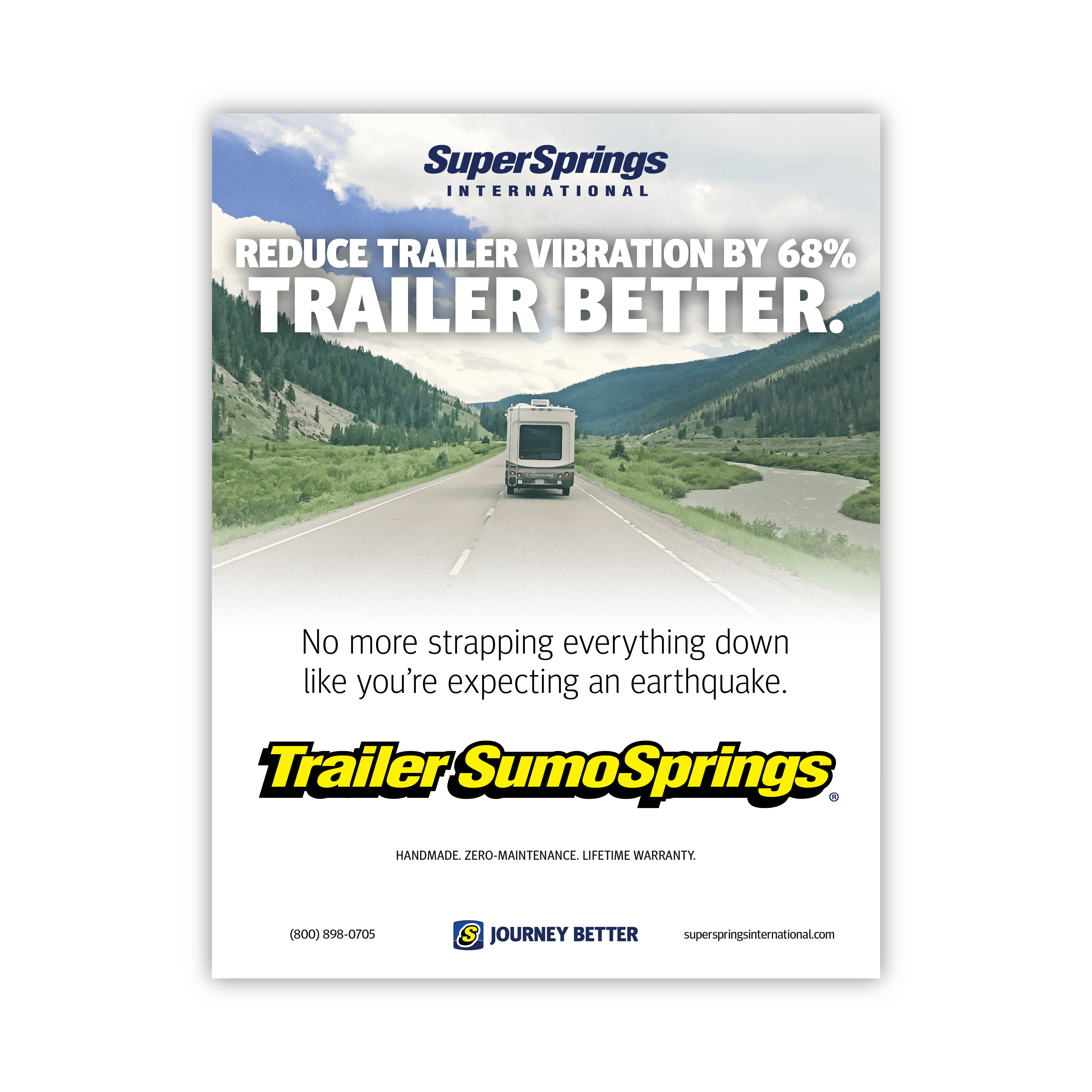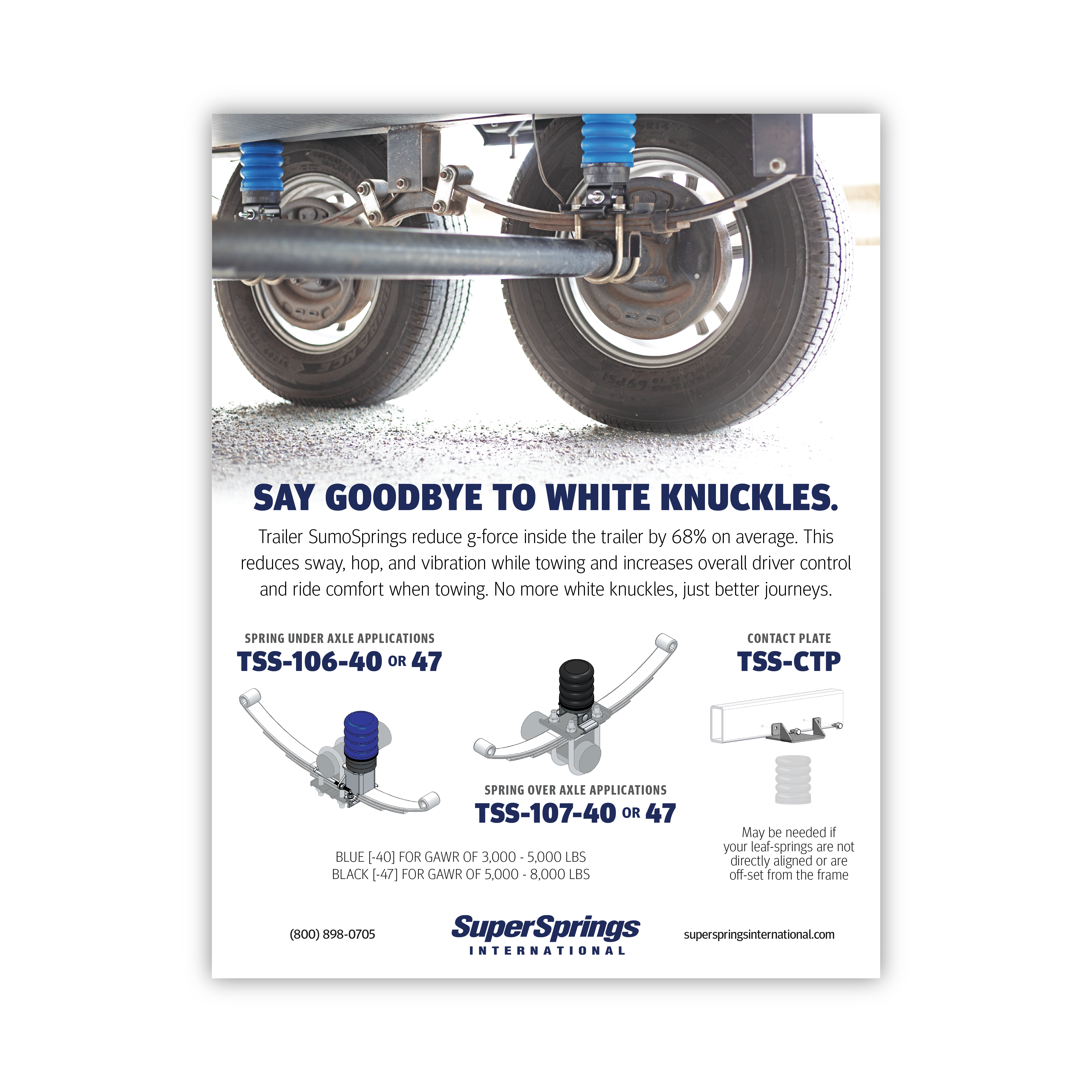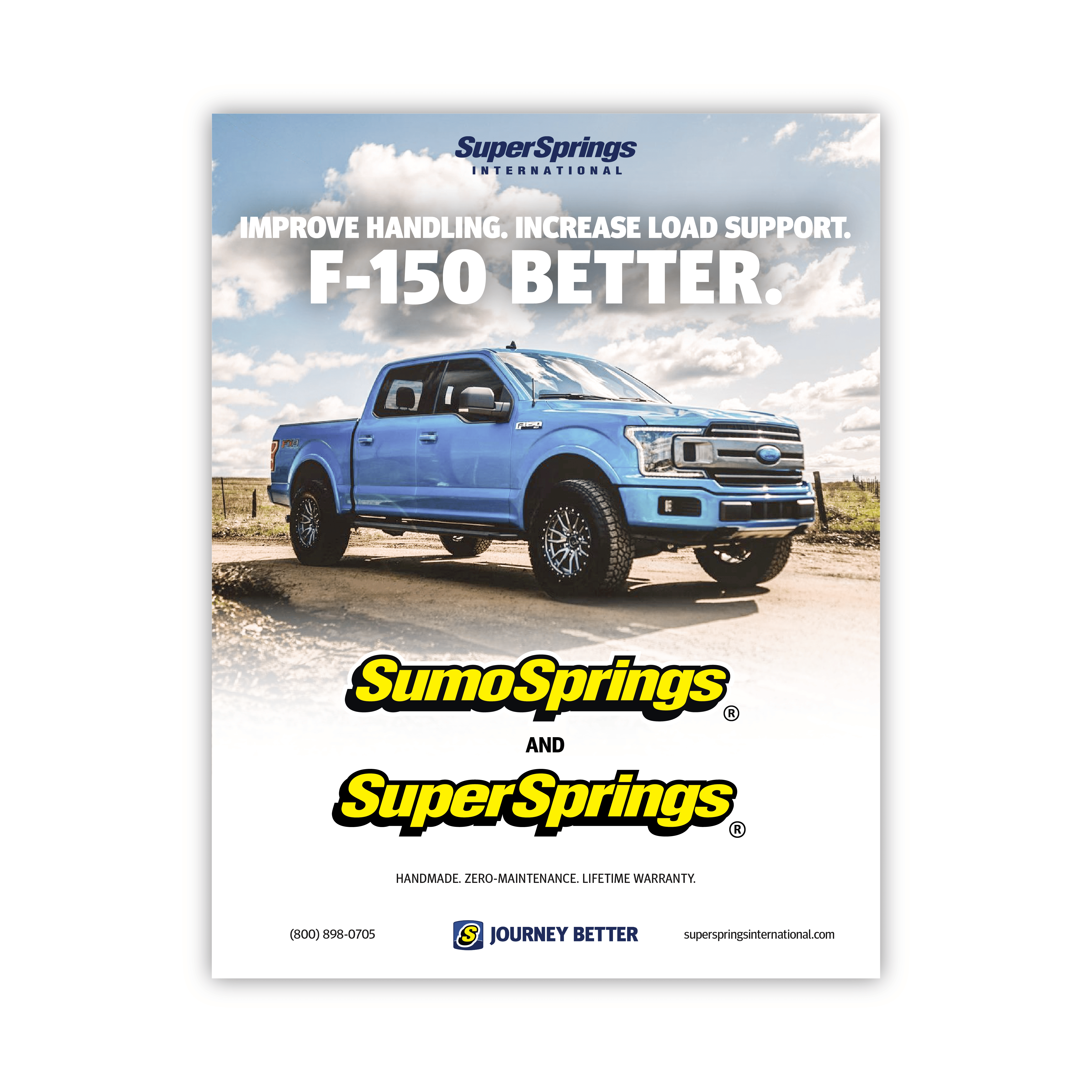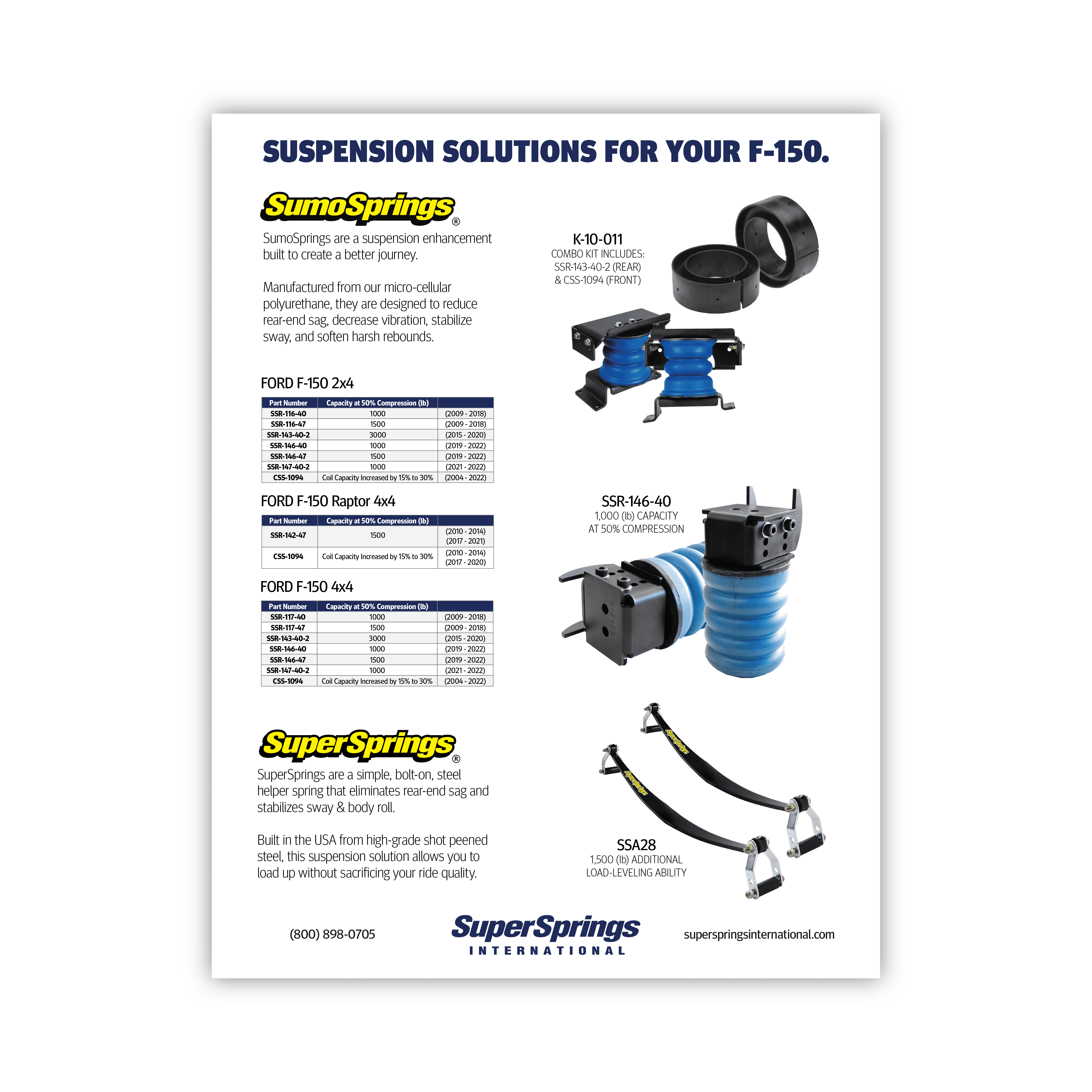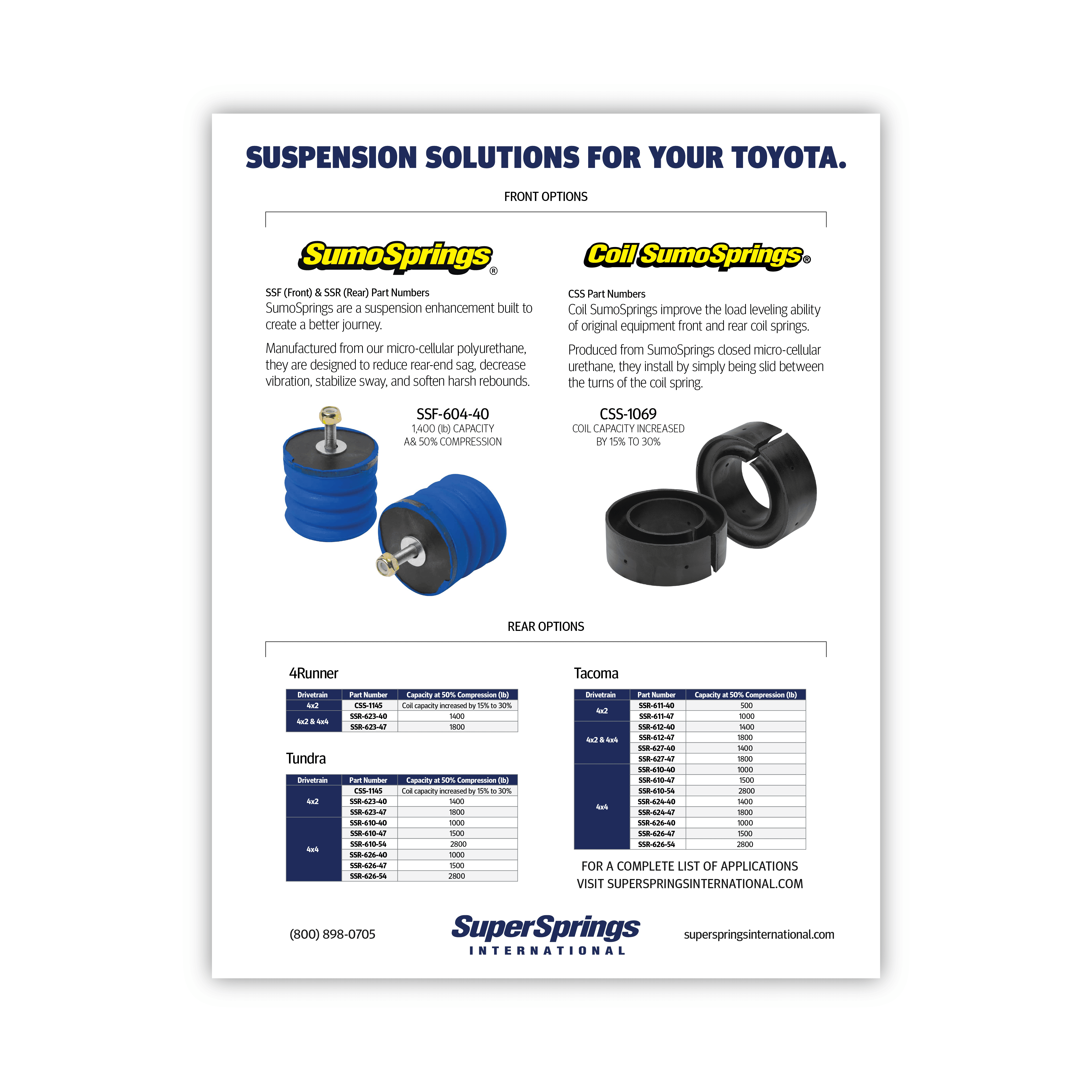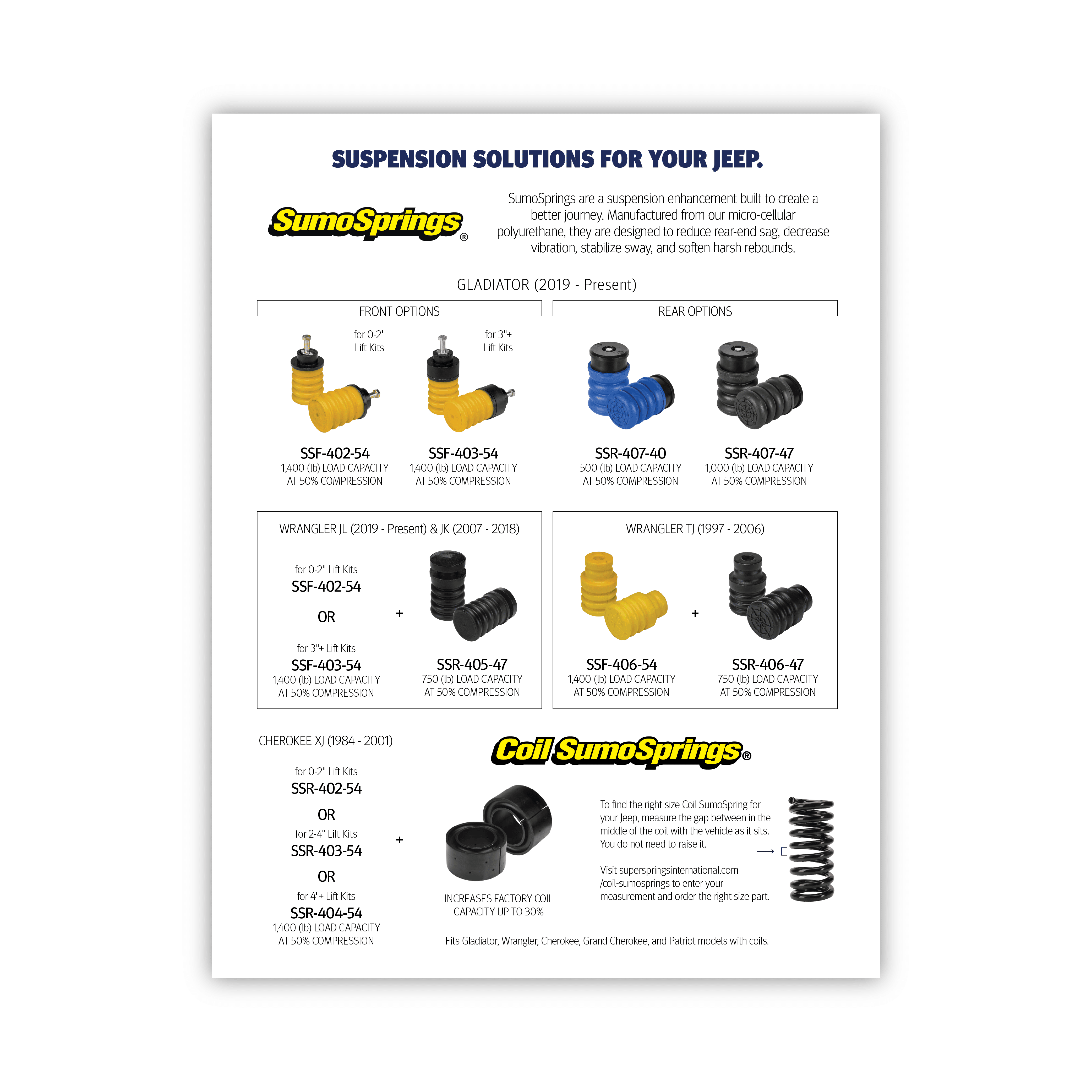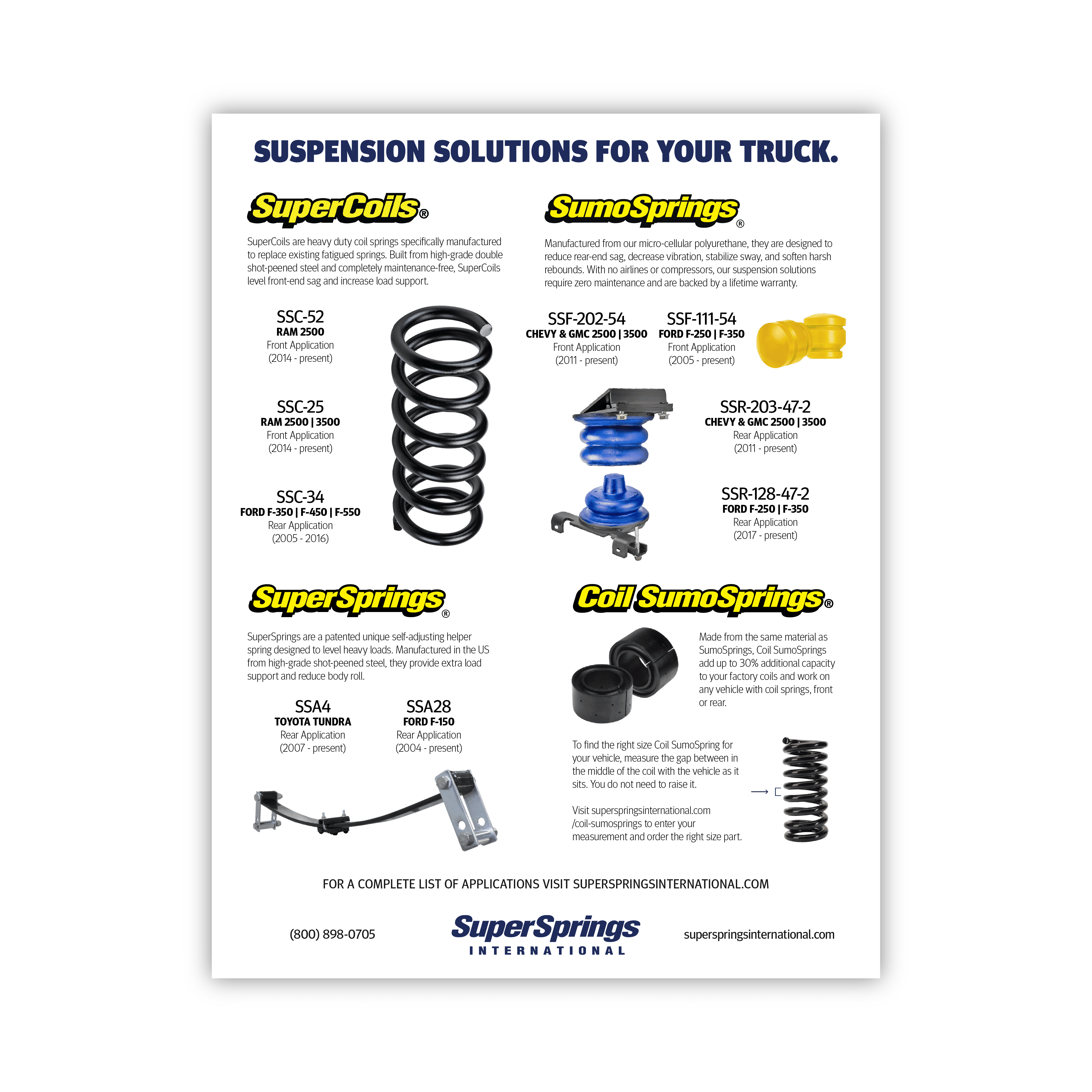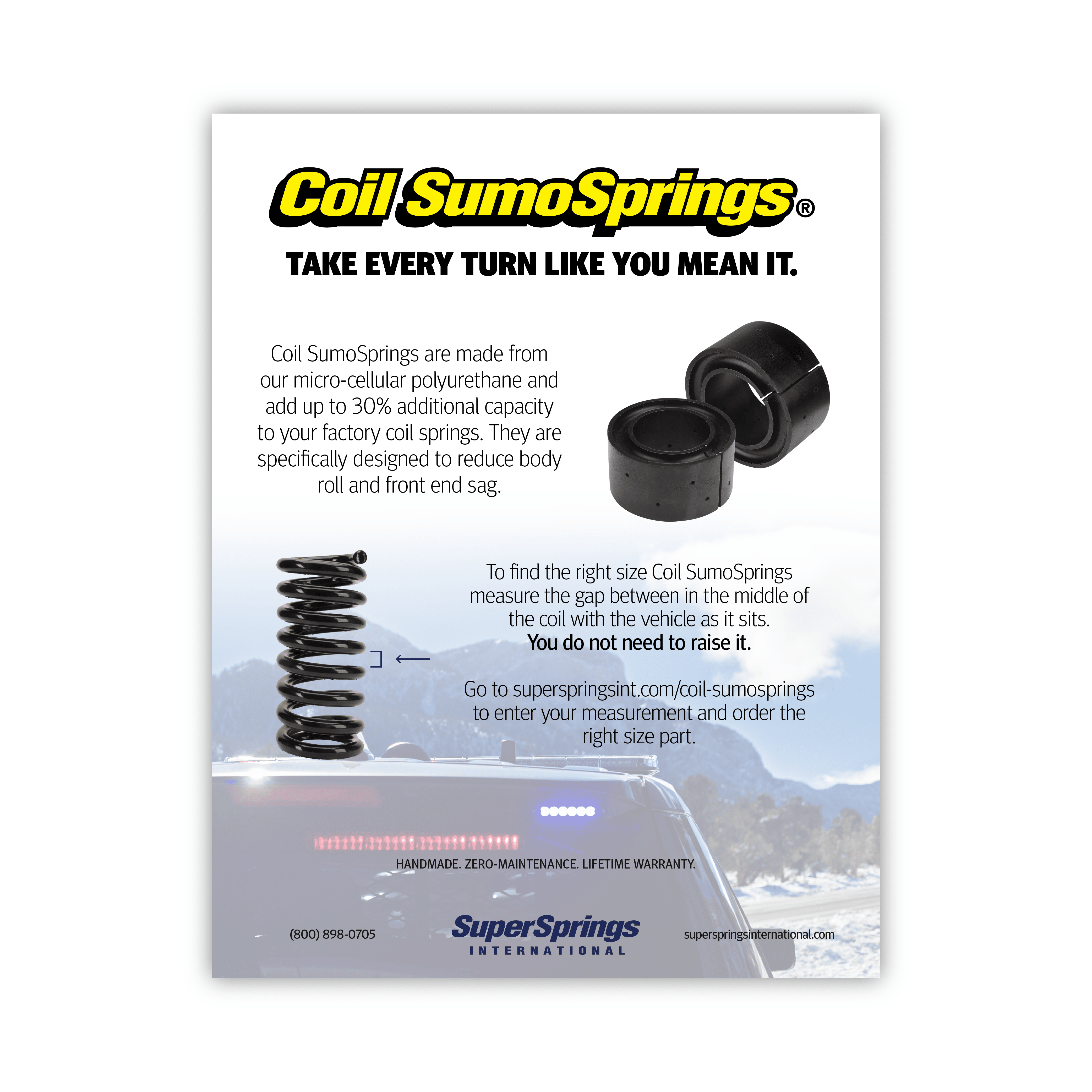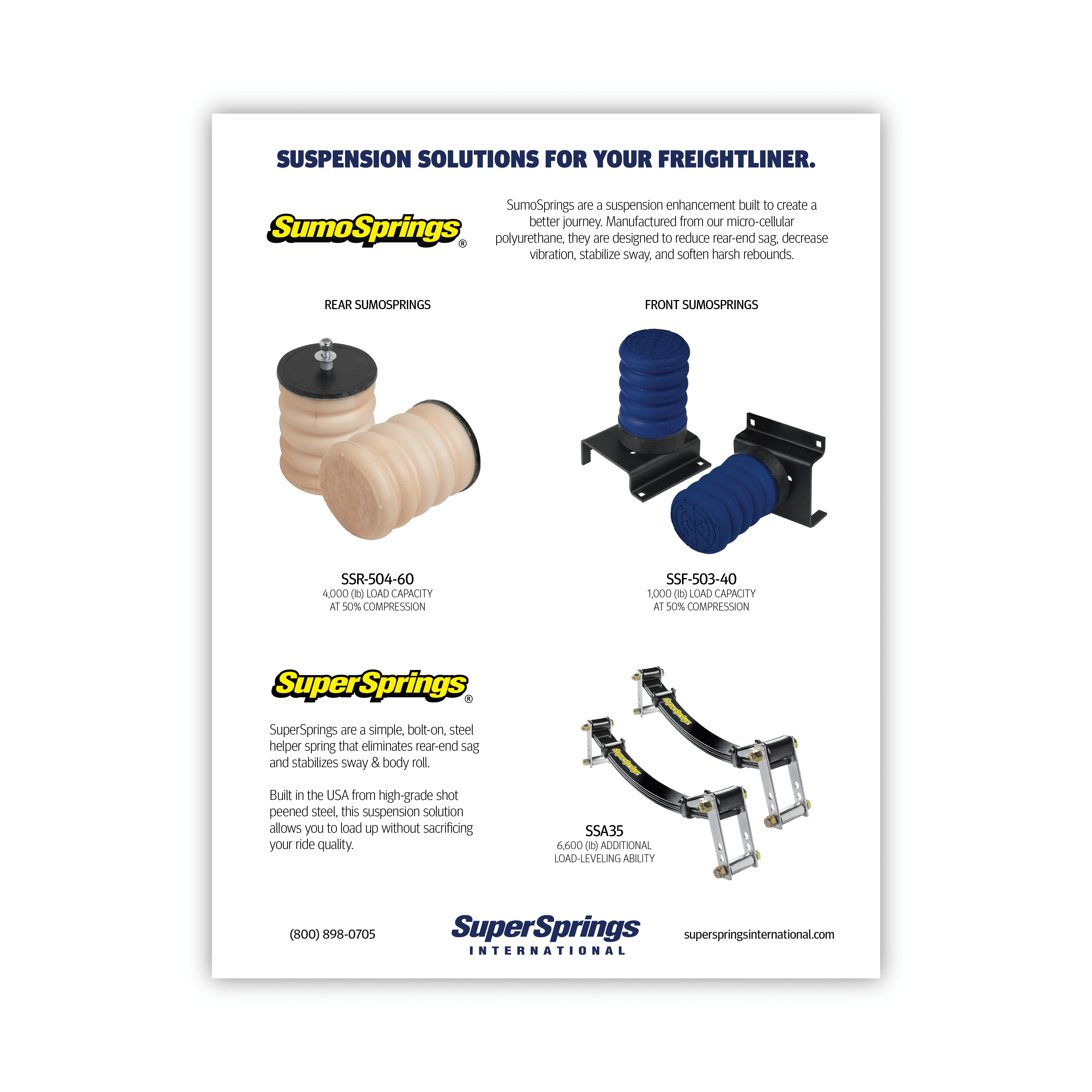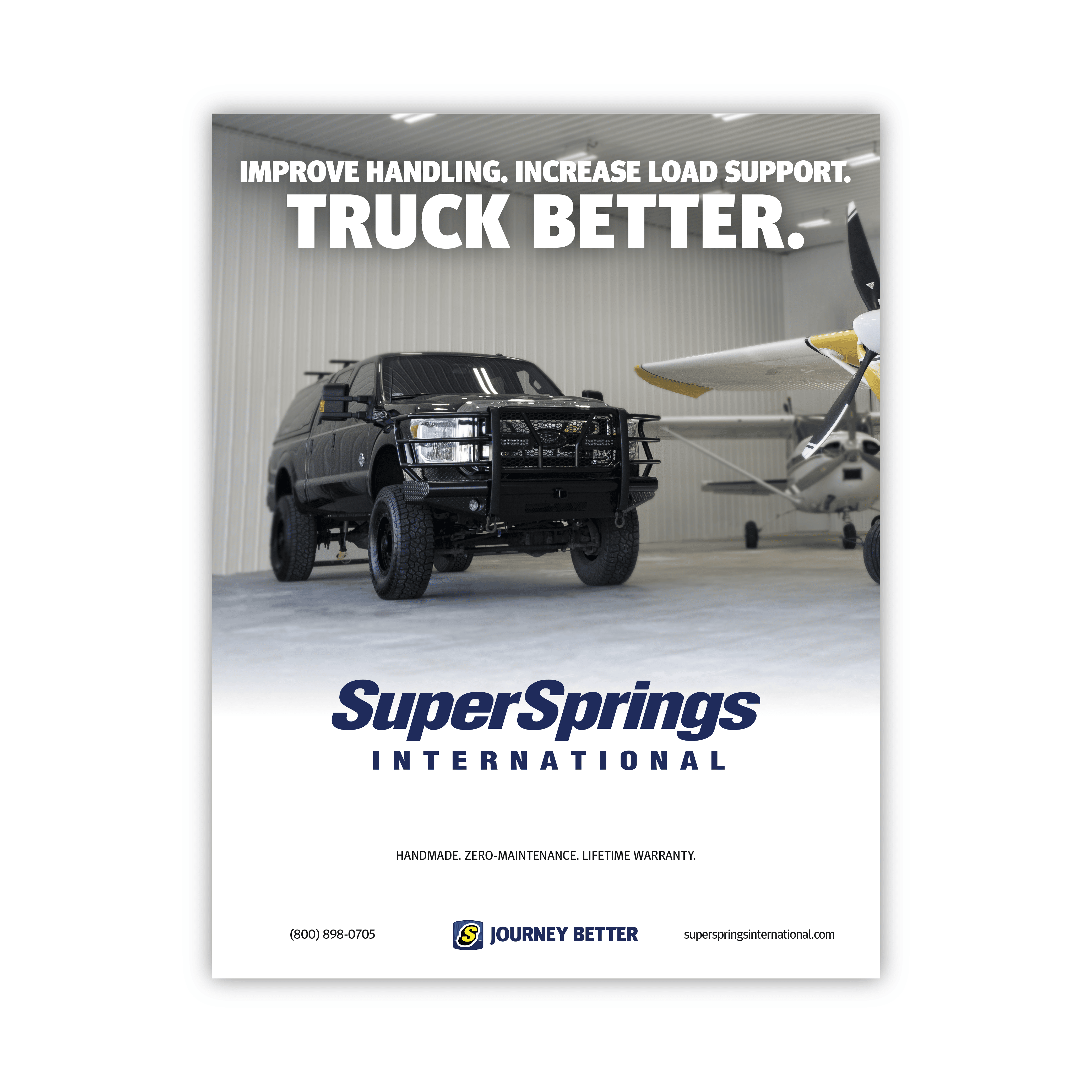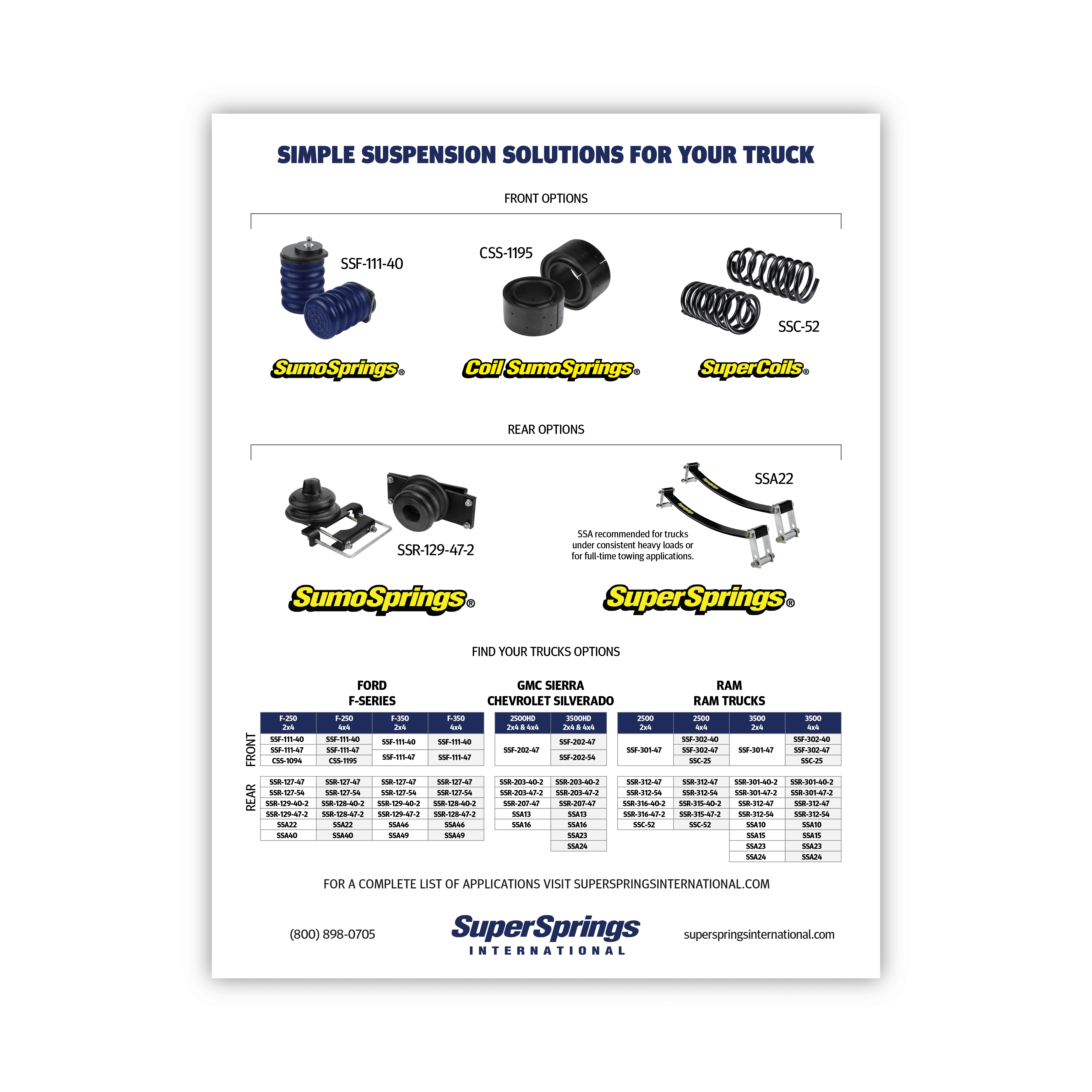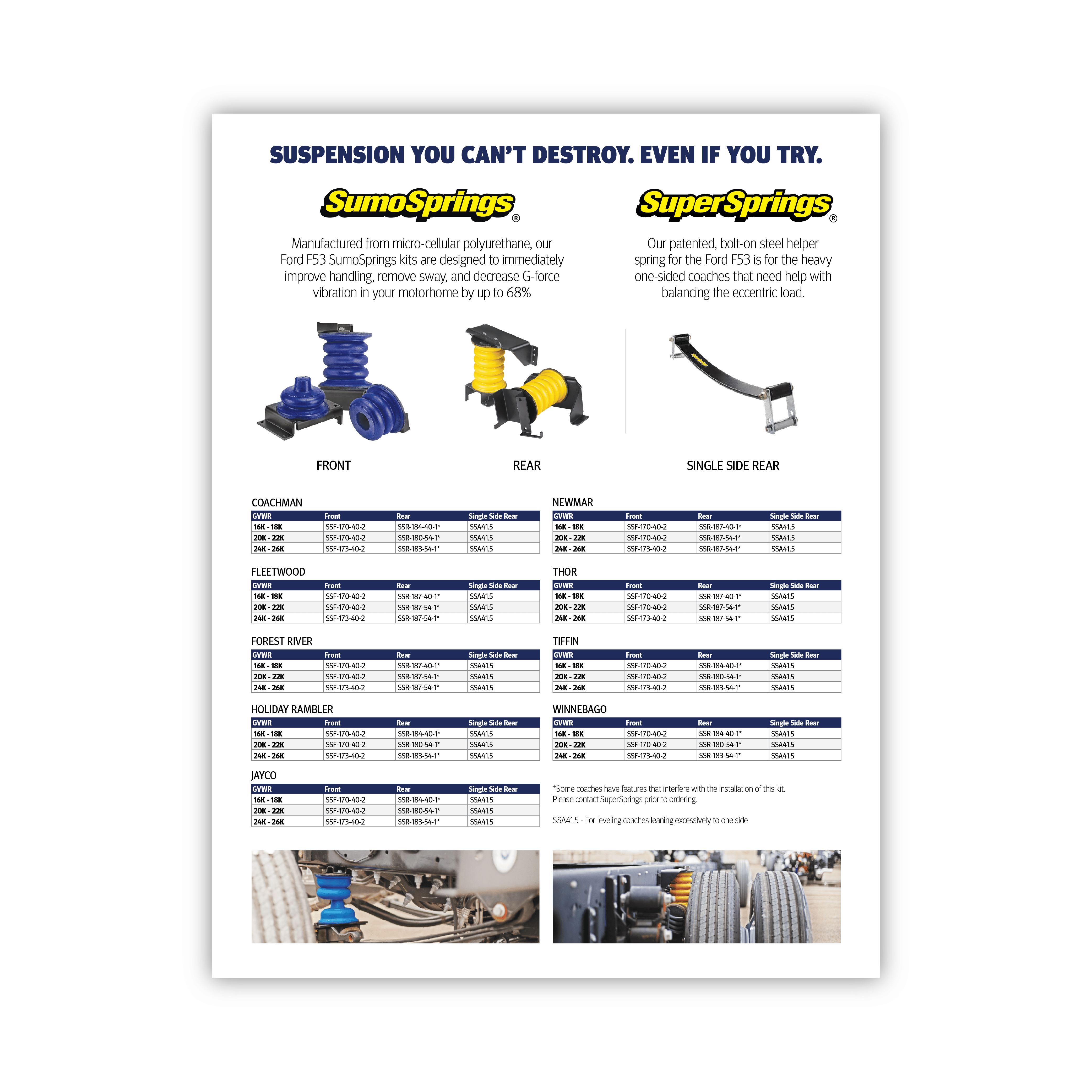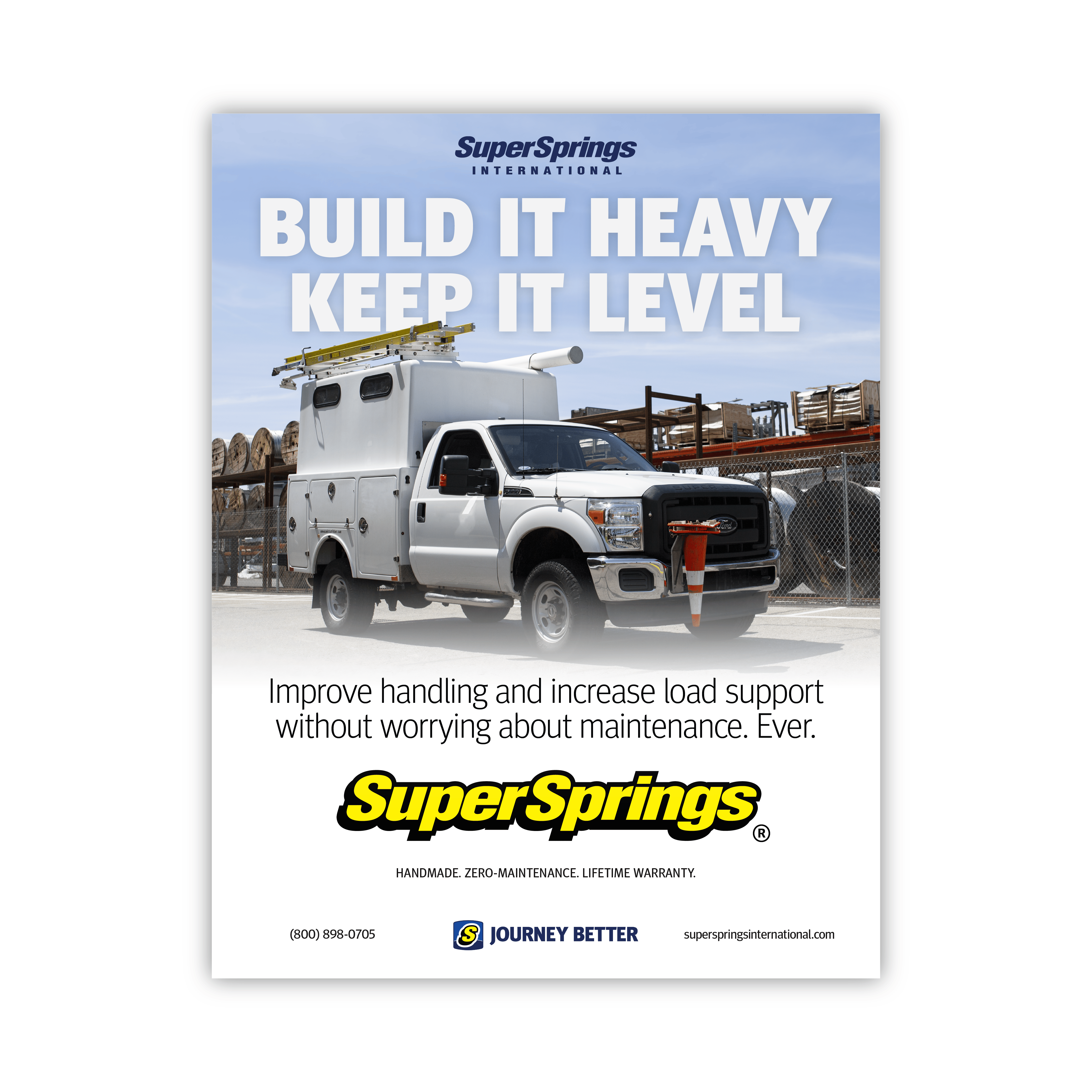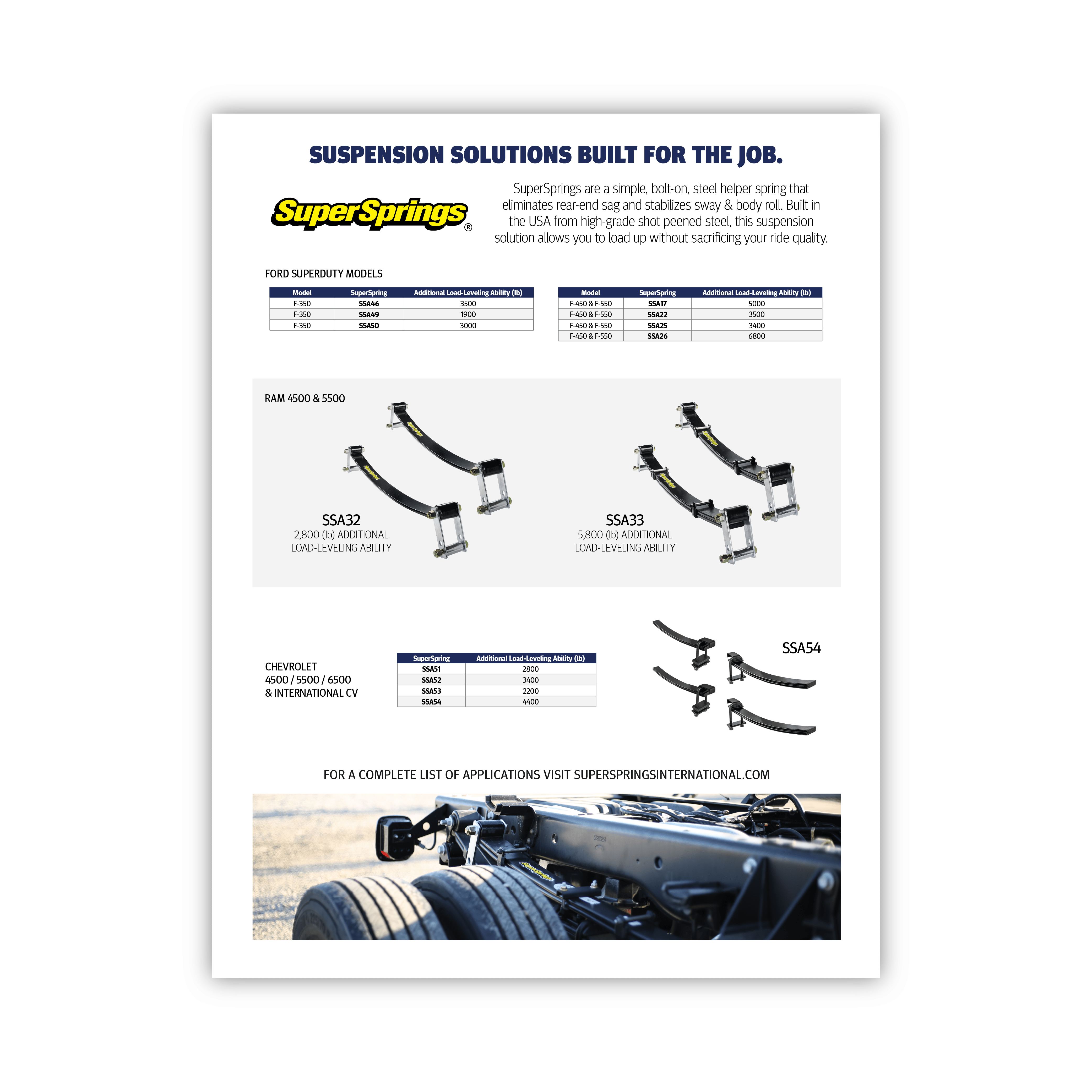When it comes to enhancing your vehicle’s suspension, the battle between traditional rubber springs and innovative SumoSprings sparks a debate among automotive enthusiasts. In this comprehensive guide, we’ll delve into the intricacies of both options, helping you decide which is right for your vehicle.
Unveiling the Contenders
Rubber Springs: Time-Tested Comfort
What are Rubber Springs?
Rubber springs, often known as bump stops or isolation springs, have been a staple in vehicle suspension systems for years. Composed of durable rubber compounds, they provide a cushioning effect, absorbing shocks and minimizing vibrations.
Pros of Rubber Springs:
- Cost-Effective: Rubber springs are often more budget-friendly than their alternatives.
- Proven Technology: With a long history in the automotive industry, rubber springs boast reliability and durability.
Cons of Rubber Springs:
- Limited Adjustability: Rubber springs offer minimal customization options, limiting fine-tuning possibilities.
- Lack of Progressive Load Handling: They can stiffen the ride, affecting driver comfort.
SumoSprings: Innovation in Suspension
What are SumoSprings?
SumoSprings represent a modern evolution in suspension technology. Crafted from a proprietary microcellular urethane, SumoSprings provide progressive resistance and a customized fit for various vehicles and applications.
Pros of SumoSprings:
- Enhanced Comfort: SumoSprings deliver a smoother ride by reducing harshness and jolts.
- Versatility: They are available for a wide range of vehicles, from trucks to RVs, providing adaptability.
Cons of SumoSprings:
- Higher Initial Cost: SumoSprings may have a higher upfront cost, but many users consider the investment worthwhile.
Choosing the Right Fit
Common Question:
Q: Are SumoSprings compatible with my vehicle?
A: SumoSprings come in various configurations to accommodate different makes and models. It’s crucial to check the compatibility chart provided by the manufacturer to ensure a proper fit for your specific vehicle.
Which is Right for You?
In the battle of rubber springs vs. SumoSprings, the right choice depends on your priorities. If you seek a cost-effective and proven solution, rubber springs might be your go-to. However, if you value innovation, enhanced comfort, and versatility, SumoSprings could be the game-changer your vehicle needs. Dive into the details, assess your driving needs, and make an informed decision that aligns with your suspension preferences.


